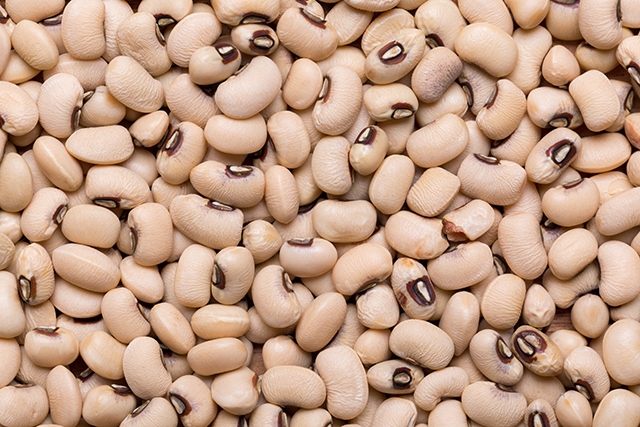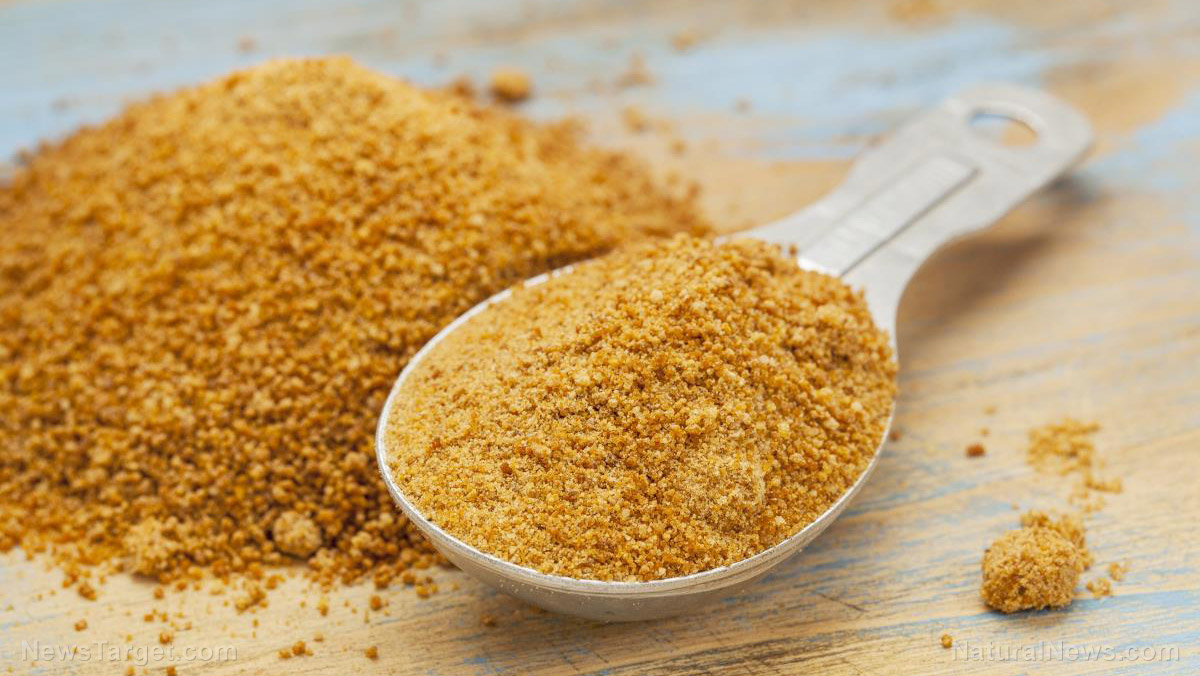
Before SHTF, you need to stock up on food and supplies so you and your family can survive a long-term disaster scenario. However, you need to be more careful while stockpiling if you or a family member is lactose intolerant. (h/t to LivingLifeInRuralIowa.com)
What is lactose intolerance?
Lactose is a sugar in milk that requires an enzyme in your stomach to break it down. Lactose intolerance is a common food intolerance that affects many people. You can be severely or mildly intolerant.
Not everyone who is lactose intolerant has the same symptoms, but everyone with the condition is unable to break down lactose in milk products. If you are lactose-intolerant, you lack the enzyme needed to break down lactose.
Lactose intolerance has been on the rise for the past 20 to 30 years, but many people with the condition don't always realize it. Some of them may think that eating dairy just makes them feel bad.
Some people may think that those with lactose intolerance have severe reactions when they consume dairy products, but many people may only experience mild symptoms like bloating, eczema, excess gas, excess mucus or a runny nose and mild stomach discomfort.
Others with lactose intolerance may experience more severe reactions like diarrhea, vomiting or both.
What to stock up on before SHTF
As a prepper, you need to remember that if a family member has lactose intolerance, they will not be able to tolerate many processed dairy products. Sometimes, they can consume very few minimally processed dairy products like cheese.
A person with lactose intolerance can't drink regular milk, but they will be fine if you give them lactose-free milk. Note that many processed foods commonly added to a prepper stockpile contain milk, which can cause issues when acquiring supplies for food storage, especially if you want to prepare before SHTF.
If you are lactose intolerant or are providing for someone who is, you need to be meticulous when reading labels.
If possible, avoid dairy altogether. You can make some exceptions for certain items like butter, hard cheese and yogurt.
Focus on shelf-stable food preps and try to limit or avoid anything that needs to be refrigerated. Cheese and butter are not easy to stockpile, so make allowances for space if you want to stock up in bulk.
Alternatively, you can get ghee but it can be expensive. Another option is to get powdered or freeze-dried items, such as cheese, butter or sour cream.
When prepping for family members who are lactose intolerant, provide them with fluids like water and clear broths.
Try food swaps for some recipes that require regular milk, like canned coconut milk or shelf-stable almond and rice milk. These milk alternatives can be used to make creamy dishes without making lactose intolerant people sick.
To prevent spoilage, rotate your supply of non-dairy milk alternatives regularly. (Related: Are you lactose intolerant? These foods give you the calcium you need without resorting to milk.)
Make food from scratch to avoid dairy
If you are worried that family members may get sick when SHTF, cook from scratch instead of serving them processed items that contain milk or dairy.
Cooking at home makes it easier to control the ingredients and make the necessary food swaps. Make the most of your time by picking a free day and cooking in batches.
You should also stock up on vegan products and shelf-stable items to substitute for dairy like coconut cream, coconut oil and nut butters.
Here are some non-dairy substitutes for common dairy products that you should also stock up on:
Butter:
- Cultured vegan butter made from coconut and cashews
- Coconut butter
- Nut butters
- Vegetable oil blends
Cheese:
- Nut-based cream cheese
- Nutritional yeast
- Soy-based cream cheese
Milk:
- Almond milk
- Cashew milk
- Coconut milk
- Flaxseed milk
- Hemp milk
- Oat milk
- Rice milk
- Soy milk
Yogurt:
- Almond milk yogurt
- Coconut milk yogurt
- Hemp yogurt
- Soy milk yogurt
Stock up on these foods for quick eating :
- Almond butter
- Canned applesauce
- Canned fruit
- Dried fruits
- Fruit leathers
- Fruit snacks
- Granola bars, but check the ingredients since not all are dairy-free
- Nuts
- Peanut butter
Even if you're lactose intolerant, there is still a variety of foods that you can eat and stock up on before SHTF.
Visit EmergencyFood.news for more tips on how to stock up on supplies before disaster strikes.
Watch this video about natural ways to deal with lactose intolerance.
This video is from the Natural Remedies channel on Brighteon.com.
More related stories:
Looking for a healthy non-dairy milk alternative? Try potato milk.
Coconut milk: 8 Reasons why you should start drinking this non-dairy milk alternative.
Flax milk is the underrated non-dairy milk alternative you should be adding to your diet.
Sources include:
Please contact us for more information.





















